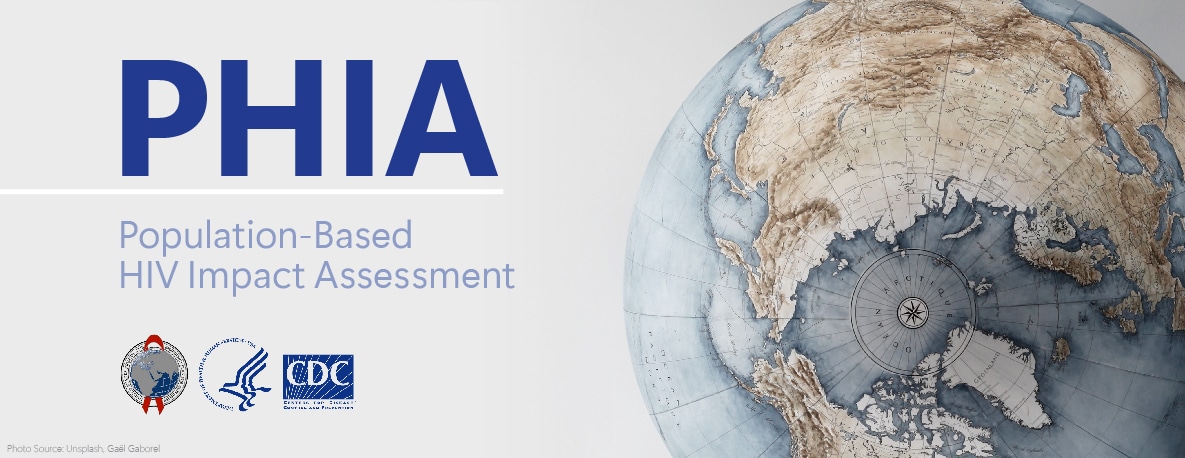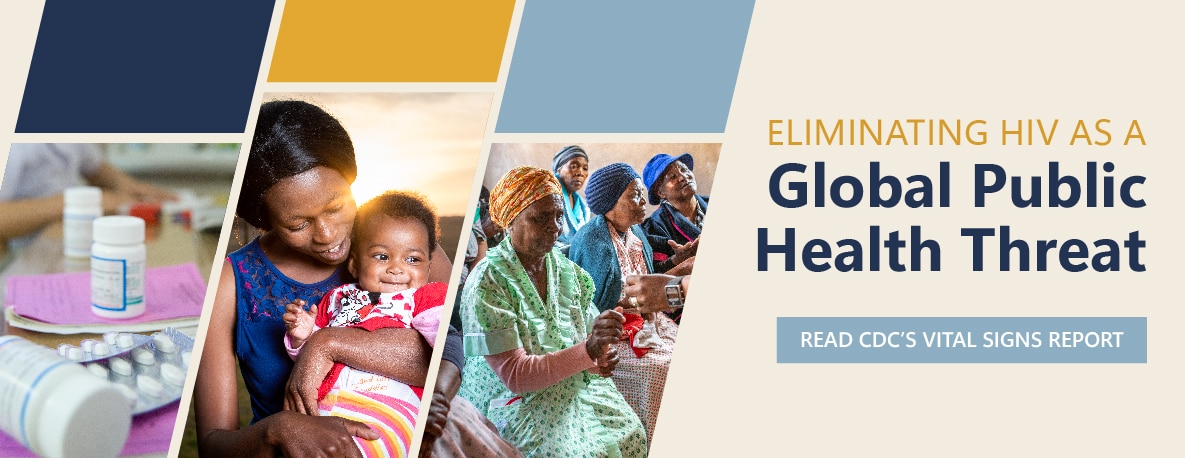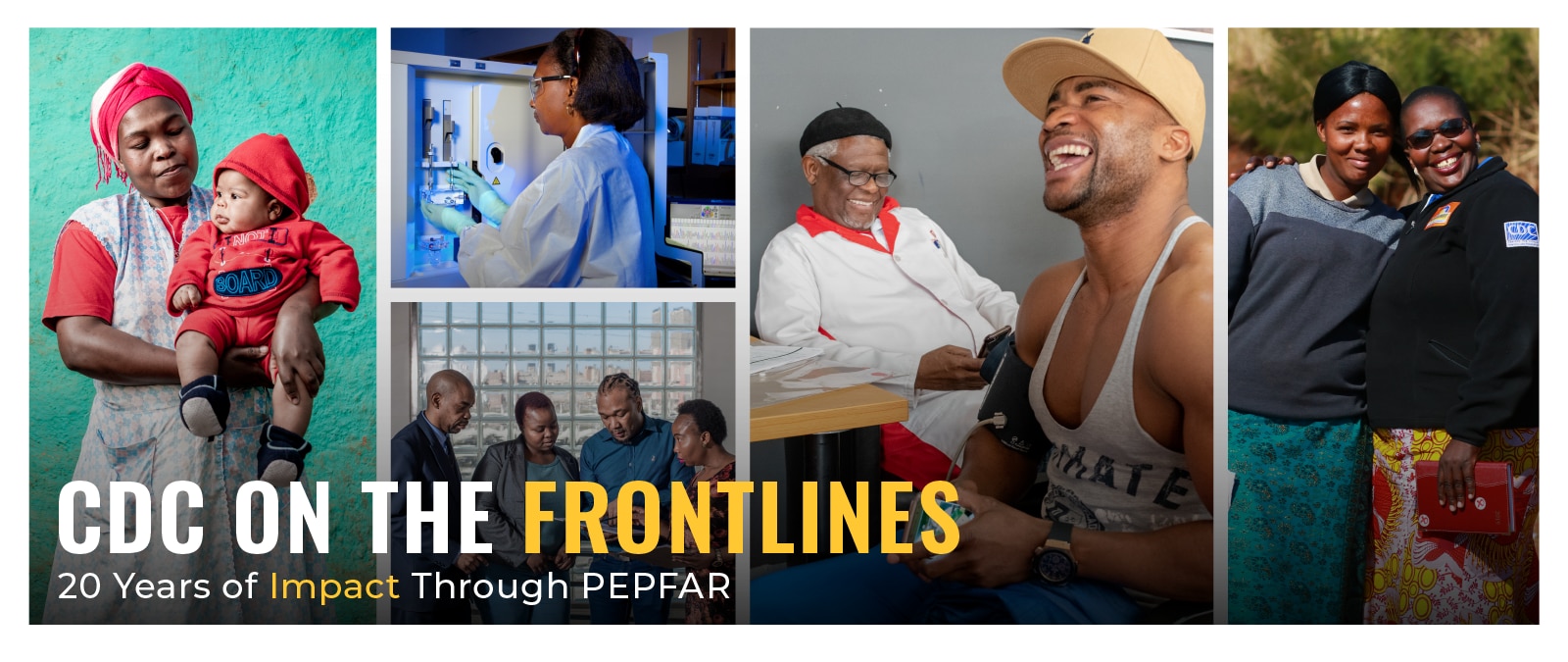Haiti Country Profile

Haiti Country Profile
Discover more about CDC’s work in Haiti by viewing our detailed country profile
Country Overview
CDC’s Haiti office opened in 2002 and continues to work in collaboration with the Ministry of Public Health and Population to support national efforts to prevent the transmission of HIV; increase the accessibility and quality of HIV clinical services and treatment; increase patient adherence and retention in treatment; strengthen HIV surveillance, epidemiology, laboratory, and health information management systems; and expand the availability of treatment for multidrug-resistant tuberculosis. Additionally, CDC works with partners such as the Pan-American Health Organization and other non-governmental organizations to provide technical assistance and logistical support focused on rebuilding and strengthening Haiti’s laboratory systems.
Per Capita GNI
$1,610
(2022)
Population (million)
11.58
(2022)
Under 5 Mortality
58.6/1,000 Live Births
(2021)
Life Expectancy
63.2 Years
(2021)
Estimated HIV Prevalence
1.7%
(Ages 15-49): (2022)
Estimated AIDS Deaths
1,100
(Age≥15) (2022)
TB Treatment Success Rate
82%
(2020)
Estimated TB Incidence
159/100,000
(2021)
Estimated Orphans Due to AIDS
53,000
(2022)
TB patients with known HIV-status who are HIV-positive
14%
(2021)
Reported Number Receiving Antiretroviral Therapy (ART)
105,948
(Age≥15) (2022)
Strategic Focus
The Centers for Disease Control and Prevention (CDC) Haiti office opened in 2002. Working in collaboration with Haiti’s Ministry of Public Health and Population (MSPP), CDC is supporting the national response to HIV/AIDS by preventing the transmission of HIV; providing and increasing the accessibility and quality of HIV clinical services, and treatment; increasing patient adherence and retention in treatment; strengthening surveillance, epidemiology, laboratory, and health management information systems; and expanding multidrug-resistant tuberculosis (MDR-TB) treatment availability.
Strengthening Health Systems: To ensure a sustainable and robust health system, CDC supports critical staffing needs, training programs with the greatest impact for medical and paramedical personnel, strengthening of MSPP governance and financial management mechanisms, strategic information systems and data use for informed decision-making.
Strengthening Laboratory Systems and Networks: CDC collaborates with the National Public Health Laboratory (LNSP) to develop multiple testing capacities, including Polymerase Chain Reaction (PCR) for diagnosis of HIV in infants, scale up of viral load testing, and testing for opportunistic infections in HIV-infected people. CDC has helped the country to establish an external quality assurance program and a training curriculum to build capacity for lab accreditation.
Strengthening Surveillance and Health Information Systems: CDC is increasing access to strategic information by supporting MSPP to establish and monitor integrated health management information systems including an electronic medical records (EMR) systems that cover more than 95% of patients on antiretroviral treatment (ART) in Haiti and a longitudinal web-based reporting and surveillance system for HIV and TB.

Tracking PEPFAR Impact Toward Global Targets
The U.S. Centers for Disease Control and Prevention (CDC) works with partners including host countries, local implementing partners, faith-based organizations, and other community-based organizations to measure progress towards HIV epidemic control in countries supported by the U.S. President’s Emergency Plan for AIDS Relief (PEPFAR).

Vital Signs: Global HIV Communications Toolkit
In 2003, the U.S. President’s Emergency Plan for AIDS Relief, or PEPFAR, was announced. When it was launched, PEPFAR became the largest commitment by any nation to address a single disease in history. At the time, HIV was a global crisis, devastating families, communities, and economies worldwide—particularly in sub-Saharan African countries.

CDC On the Frontlines
Over the past 20 years, the U.S. President’s Emergency Plan for AIDS Relief (PEPFAR) has saved millions of lives as a leader in the global response to two of the world’s deadliest infectious diseases – HIV and TB. As a key implementing agency of the U.S. President’s Emergency Plan for AIDS Relief (PEPFAR), CDC is at the forefront of these global efforts to treat and prevent these diseases.